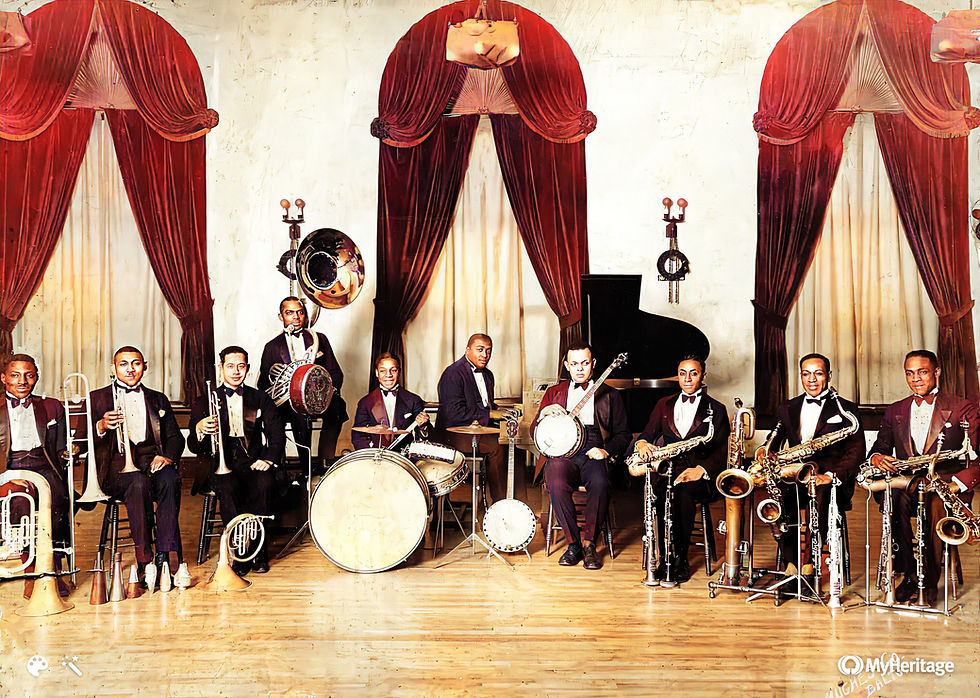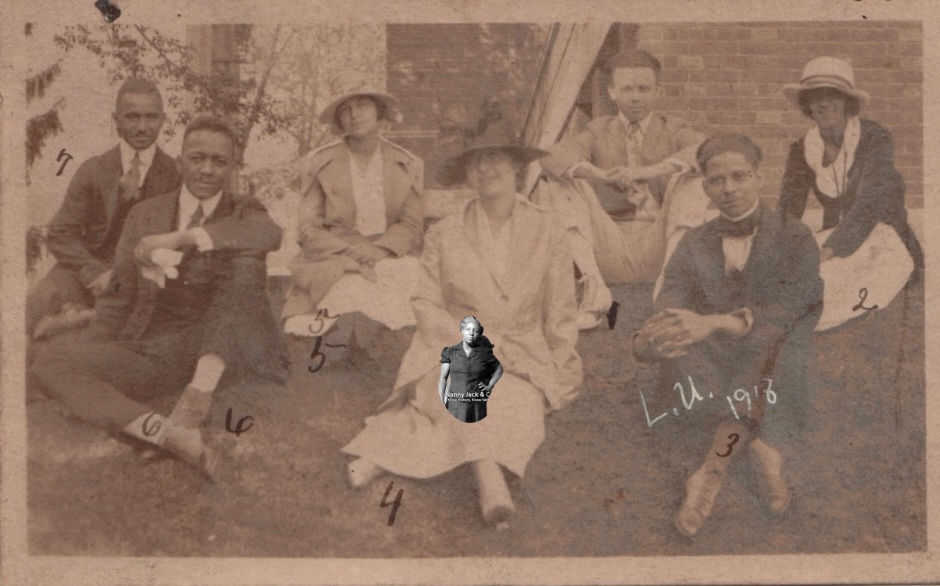I Didn't Know: The Legacy of 1232 and 1234 Druid Hill Ave.
- Philip J. Merrill

- Dec 6, 2015
- 3 min read
Frequently we live, work, worship, and play in a community for years, sometimes even generations and never really pay attention to the backdrop of its buildings. So often we are simply too busy with the hectic pace of modern life to take interest in their historic significance. It's not until after the demolition has been scheduled that many of us, including me, have that "I didn't know" moment. By the time the demolition crew is in full swing and the too familiar bricks, metal, wood and concrete piles arise, all aspirations of experiencing the inside of these monuments and the nuances which made them noteworthy during their heyday are simply fleeting. Assuredly these type of thoughts run through countless minds across the country.

If the buildings in OWB could talk and reveal their former inhabitants, visitors, and endless connections to the past you would easily tire of saying, "I didn't know." Current examples of this phenomenon are two OWB structures, in the midst of demolition, 1232 and 1234 Druid Hill Ave Baltimore. The historical significance of these buildings span several generations from the pre-World War I. Long before Bethel A.M.E. Church owned the buildings, they were connected to individual families, most notably the Cummings family, that contributed mightily to the betterment of the community.
In the book African American Leaders of Maryland: A Portrait Gallery by Suzanne E. Chapelle and Glenn O. Phillips, published by Maryland Historical Society, the authors highlight the legacy of Ida R. Cummings (1867–1958), the sister to Harry Sythe Cummings, Baltimore’s first African American city councilman. The book states that on November 8, 1958 Ida Cummings died in her family home at 1234 Druid Hill Ave. Ida Cummings convinced her brother, City Councilman Harry S. Cummings, to introduce an ordinance that established kindergarten in all Baltimore Public Schools. In essence she became known as one of the first kindergarten teachers in Baltimore! In 1904 Ida Cummings and several other women established the Colored Empty Stocking and Fresh Air Circle, which improved the lives of children and treated them to boat excursions, Christmas gifts and even extended stays in the country. She was active with the National Association of Colored Women, president of Women's Republican League and founded the Frances Ellen Watkins Harper Temple of Elks to name a few.
Harry Sythe Cummings (1866 –1917) attended the Baltimore Colored High School (later named Frederick Douglass High School) and then graduated from Lincoln University in Pennsylvania in 1886. He was one of the first two African Americans admitted to University of Maryland Law School in 1887 and graduated the three year program in two years. He was admitted to the Maryland Bar and credentialed to practice law. In 1890, he chartered yet another new path by winning an election to the Baltimore City Council from the then racially mixed and Republican Eleventh Ward. At the 1904 Republican Party Convention in Chicago, Cummings delivered a powerful speech seconding the nomination of Theodore Roosevelt. Later he was invited to the White House! He even extended political courtesies to Booker T .Washington to hold his 1908 National Negro Business League Conference in Baltimore.
In addition to housing families, these buildings also housed offices. In the rare Norfolk, Virginia 1931 booklet “Council of Bishops and Connectional Council of the A.M.E. Church” we learn that 1232 Druid Hill Avenue was the office of the Trustee Board of Baltimore Conference and headquarters of the Second Episcopal District. It also housed the office of the Mt. Zion Cemetery and served as the office of Bishop A. L. Gaines, presiding bishop of the second episcopal district (see photographs). The most noted function of 1234 Druid Hill Ave was the office of the Baltimore Branch of the National Association for the Advancement of Colored People (NAACP) led by pioneering civil rights activist Dr. Lillie M. Carroll Jackson. A year after her death in 1976 a ceremonial plaque was placed on the exterior wall. In a different post we will delve into her important contributions. (See photograph of plaque and rare 1969 NAACP Letter from Baltimore Branch.)



"It has been said that, at it's best, preservation engages the past in a conversation with the present over a mutual concern for the future."
William Murtagh, First keeper of the National Register of Historic Places






Comments